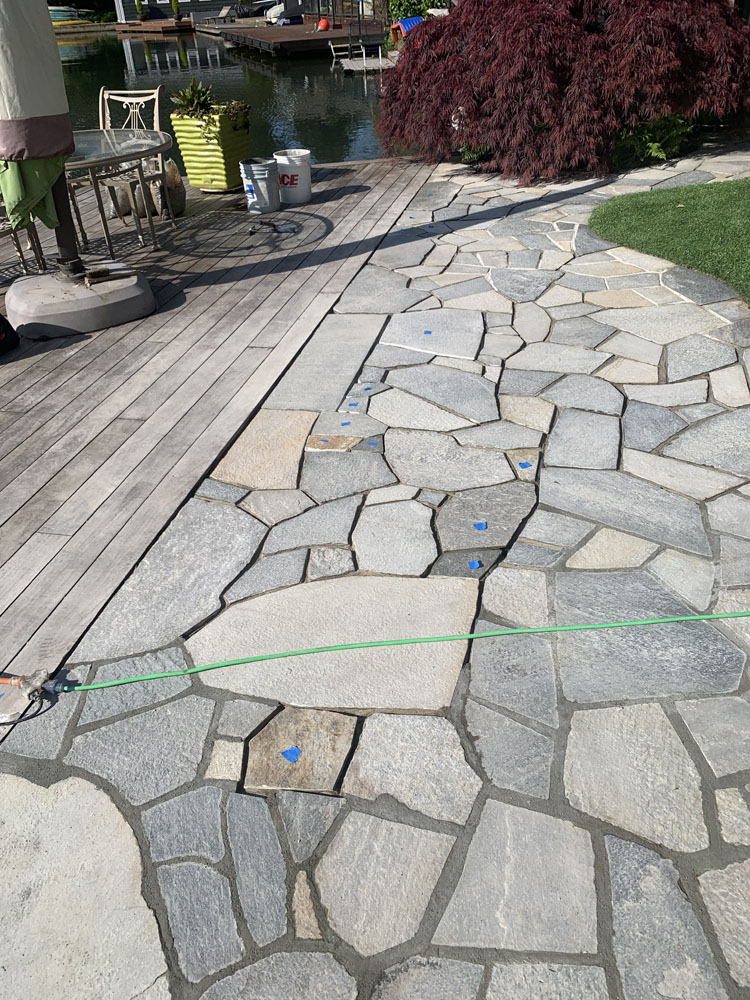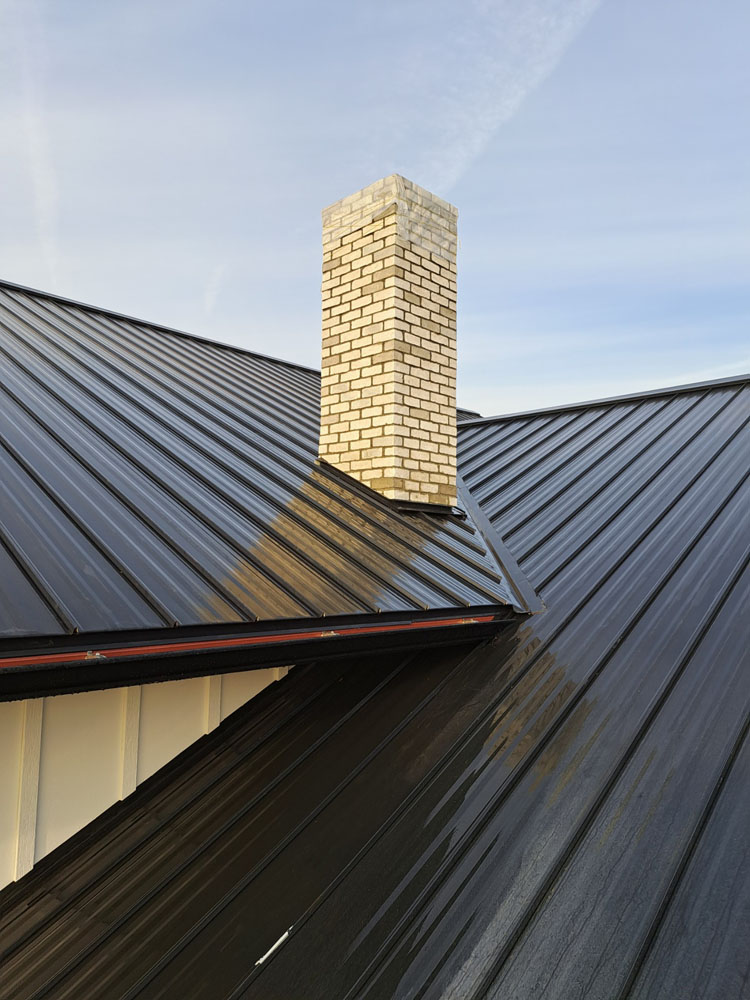Introduction
Concrete is one of the most versatile and widely used construction materials in the world. Its strength, durability, and ability to be molded into various shapes make it a go-to choice for everything from pavements and driveways to building foundations. However, the process of concrete installation is not without its pitfalls. In fact, there are several common blunders that can lead to costly repairs, unsightly aesthetics, and compromised structural integrity.
In this comprehensive guide, we will delve deep into Concrete Installation Blunders: 5 Mistakes You Don’t Want to Make. We will explore each mistake in detail, providing insights on how to avoid them and ensure a successful concrete installation project. With over 6,000 words of rich content, you'll gain valuable knowledge that showcases our expertise and authority on this critical subject.
Concrete Installation Blunders: The Importance of Proper Planning
Why Planning Matters in Concrete Projects
When embarking on any construction endeavor involving concrete, planning is paramount. Without proper preparation, even the best materials can fall short of expectations. A well-thought-out plan lays the foundation for success—literally.
- Design Considerations: Before even pouring concrete, it’s crucial to have a clear design in mind. What is the purpose of your concrete structure? Is it purely functional or does it need aesthetic appeal? Site Assessment: Every location has unique conditions that must be taken into account. From soil type to drainage patterns, understanding these factors can prevent future issues.
Common Planning Mistakes
Neglecting Local Regulations: Always check local building codes and regulations before beginning any work. Ignoring Weather Conditions: Avoid installing concrete during extreme weather conditions—both hot and cold temperatures can adversely affect curing. Underestimating Time Requirements: Rushing through the planning phase often leads to oversight.Conclusion: A thorough planning phase sets the stage for a successful project and minimizes potential blunders down the line.
Mistake #1: Skipping Site Preparation
The Dangers of Poor Site Preparation
One major blunder many homeowners or contractors make is failing to properly prepare the site before pouring concrete. This step cannot be overlooked as it directly affects the quality of your installation.
Essential Steps in Site Preparation
- Clearing Debris: Remove all vegetation, rocks, and debris from the work area. Leveling the Ground: Ensuring that your surface is level prevents uneven settling later on.
Compaction Techniques
Proper compaction can drastically reduce issues like cracking:
Mechanical Compactors Hand Tampers Water Saturation (for certain soils)Why It’s Important: Proper site preparation ensures that your concrete remains stable over time.
Mistake #2: Inadequate Mixing Ratios
Understanding Concrete Mixtures
A common blunder during installation is not adhering strictly to recommended mixing ratios for concrete ingredients such as cement, sand, gravel, and water.
How Mixing Ratios Affect Durability
- Too Much Water: Reduces strength. Too Little Cement: Leads to poor bonding.
Recommended Ratios for Different Applications
| Application | Cement | Sand | Gravel | Water | |------------------|--------|------|--------|-------| | Driveway | 1 | 2 | 3 | 0.5 | | Foundation | 1 | 1 | 2 | 0.5 | | Decorative Slab | 1 | 2 | 4 | Varies|

Bottom Line: Precision in mixing ensures optimal performance.

Mistake #3: Neglecting Reinforcement
Why Reinforcement Is Key
Another blunder often made during concrete installation is neglecting reinforcement strategies such as rebar or wire mesh placement.
Types of Reinforcement Materials
Steel Rebar Wire Mesh Fiber ReinforcementBenefits of Reinforcing Concrete
- Increases tensile strength. Minimizes cracking risks.
Conclusion: Reinforcement adds longevity and durability to your installations.
Mistake #4: Ignoring Curing Requirements
The Importance of Curing Concrete
One crucial step that some individuals fail to prioritize is curing the concrete adequately after pouring it.
What Is Curing?
Curing refers to maintaining adequate moisture levels in freshly poured concrete for a specific period so that hydration occurs properly.
Best Practices for Curing Concrete
- Use wet burlap or plastic sheeting. Regularly mist with water if conditions are dry.
What Happens If You Don’t Cure? Insufficient curing leads to weakened structures prone to cracking or flaking over time.
Mistake #5: Poor Finishing Techniques
Finishing Your Concrete Surface Correctly
The final touch matters significantly when it comes to aesthetics and functionality; poor finishing techniques can ruin Concrete Contractor In Jennings Lodge an otherwise successful installation.
Common Finishing Techniques
Broom Finish Trowel Finish Stamped PatternsSigns of Poor Finishing
- Uneven surfaces Visible tool marks Excessive dusting
Final Thoughts on Finishing: Investing time in learning proper finishing techniques will enhance both appearance and usability.
Frequently Asked Questions (FAQs)
What Are Common Mistakes Made During Concrete Installation?
Common mistakes include inadequate site preparation, incorrect mixing ratios, neglecting reinforcement needs, improper curing methods, and poor finishing techniques.
How Can I Ensure My Concrete Will Last?
Proper planning, site preparation, correct mixing ratios, reinforcement usage, effective curing methods, and appropriate finishing techniques all contribute significantly to durability.
Is It Necessary To Hire Professionals For Concrete Installation?
While DIY projects are possible for skilled individuals with proper guidance; hiring professionals often guarantees fewer mistakes due to their experience and expertise in handling complex tasks related to concrete work efficiently.
What Is The Best Weather For Pouring Concrete?
The ideal temperature range for pouring concrete generally falls between 50°F (10°C) and 85°F (29°C). Extreme heat or cold can adversely affect setting times and overall strength development.
How Long Does It Take For Concrete To Cure Completely?
Full curing generally takes around 28 days under ideal conditions; however, significant strength gains occur within the first week post-installation if properly cured during this period!
Can I Repair My Cracked Concrete Myself?
Minor cracks can often be repaired using patching compounds available at hardware stores; however larger issues might require professional assessment before undertaking repairs yourself!
Conclusion
Concrete installations are intricate processes filled with potential pitfalls that could lead you astray if not handled correctly! By understanding these common mistakes—site preparation oversights; inadequate mixing ratios; neglecting necessary reinforcements; ignoring vital cures; poor finishings—you'll set yourself up for success! Remember: investing time upfront saves money down the road!
So whether you're a homeowner looking at DIY projects or a contractor managing larger jobs—keep these insights in mind as you embark on future endeavors! With careful planning & execution along with avoiding these blunders listed above—your installations will stand strong against time's test!